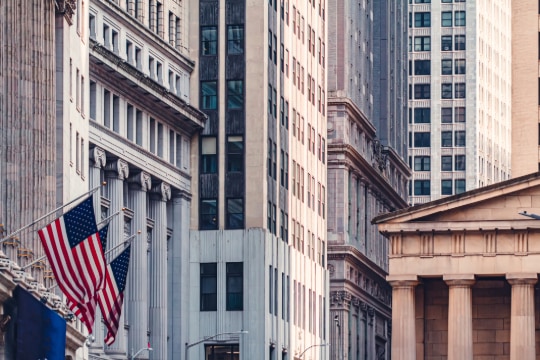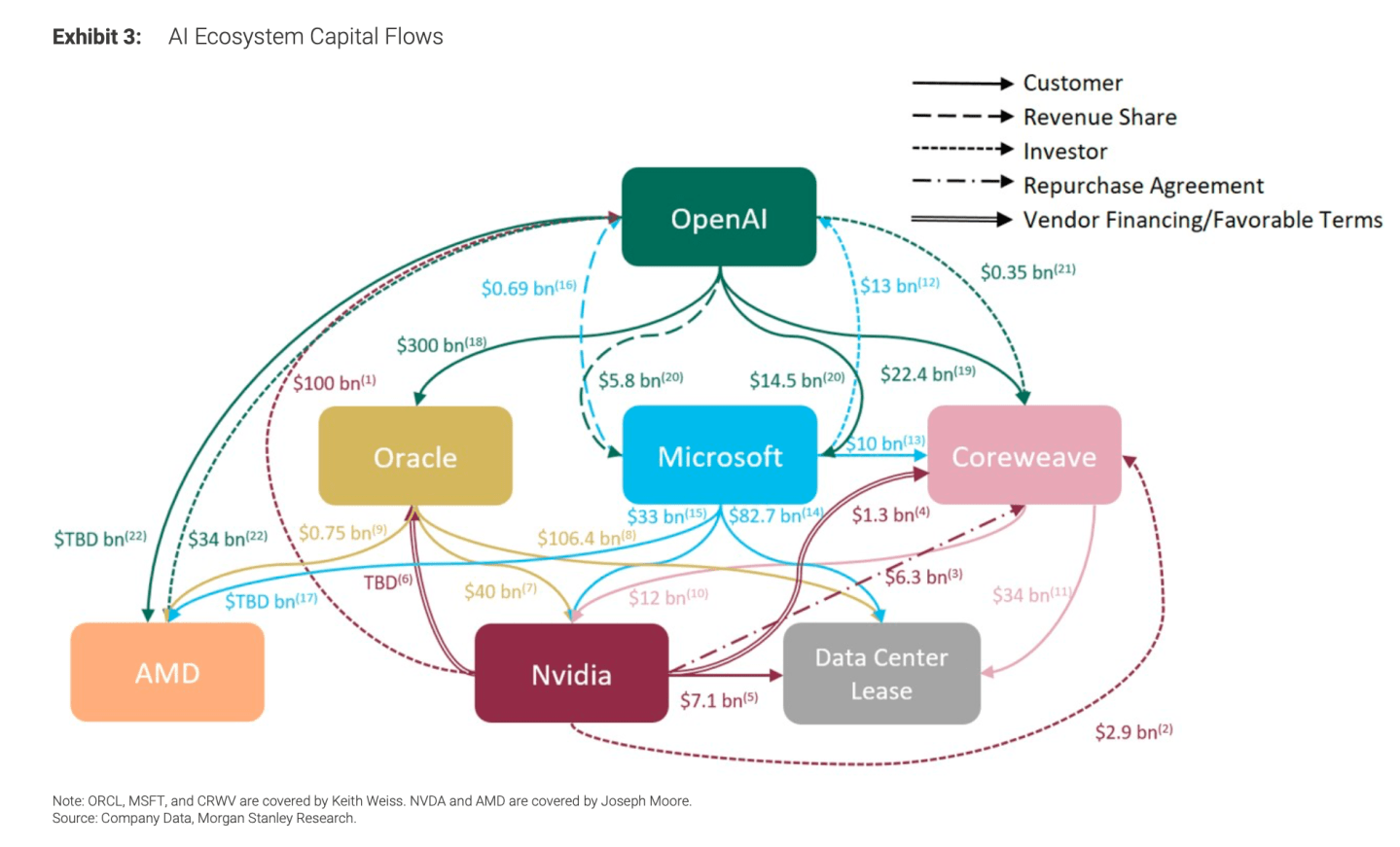Is bond issuance by tech firms a sign of a market bubble?
Recent increases in bond issuance among big tech firms merit attention, but overall financial health is robust, limiting broader economic exposure. Moreover, strong bank and private sector balance sheets reduce the likelihood that a sharp tech correction would snowball into system-wide risk.
A key difference in the current cycle is the broadening of stock market returns beyond US large-cap technology companies. European markets, value sectors, and emerging cyclical industries have begun to outperform, presenting investors with more opportunities to diversify than they had in previous tech-dominated rallies.
In addition, AI is increasingly tied to physical infrastructure—energy, resources, capital goods—linking tech sector fortunes more closely with the broader economy.
How should investors adjust their portfolios?
Given these dynamics, investors should focus on diversification, monitoring capex and leverage, and avoiding overpaying for unproven companies, according to Goldman Sachs Research. Investors may find opportunities by monitoring in the following ways:
- Broadening exposure across regions and sectors to reduce reliance on US tech
- Tracking earnings momentum and capex discipline among leading companies, and preparing for possible volatility if growth expectations falter
- Identifying new entrants in the technology and AI space, but demanding evidence of scalable, sustainable business models
- Considering benefits for adjacent sectors—physical infrastructure, resources, and capital goods—that will be crucial to supporting AI’s advance
- Remaining alert to shifts toward debt financing in big tech, as rising leverage could introduce vulnerabilities over time.
Although equity markets have some of the features associated with bubbles, Goldman Sachs Research finds that most evidence points to strong underlying fundamentals rather than runaway speculation. Investors are facing heightened risk, but diversification and disciplined monitoring are the best defenses against future uncertainty.
“On balance, valuations are looking increasingly stretched but not yet at the levels that were typical in other bubble periods before they burst,” Oppenheimer writes. “The biggest risk is that earnings disappoint and investors start to question the sustainability of their current rates of return.”
This article is being provided for educational purposes only. The information contained in this article does not constitute a recommendation from any Goldman Sachs entity to the recipient, and Goldman Sachs is not providing any financial, economic, legal, investment, accounting, or tax advice through this article or to its recipient. Neither Goldman Sachs nor any of its affiliates makes any representation or warranty, express or implied, as to the accuracy or completeness of the statements or any information contained in this article and any liability therefore (including in respect of direct, indirect, or consequential loss or damage) is expressly disclaimed.
Source: goldmansachs.com







